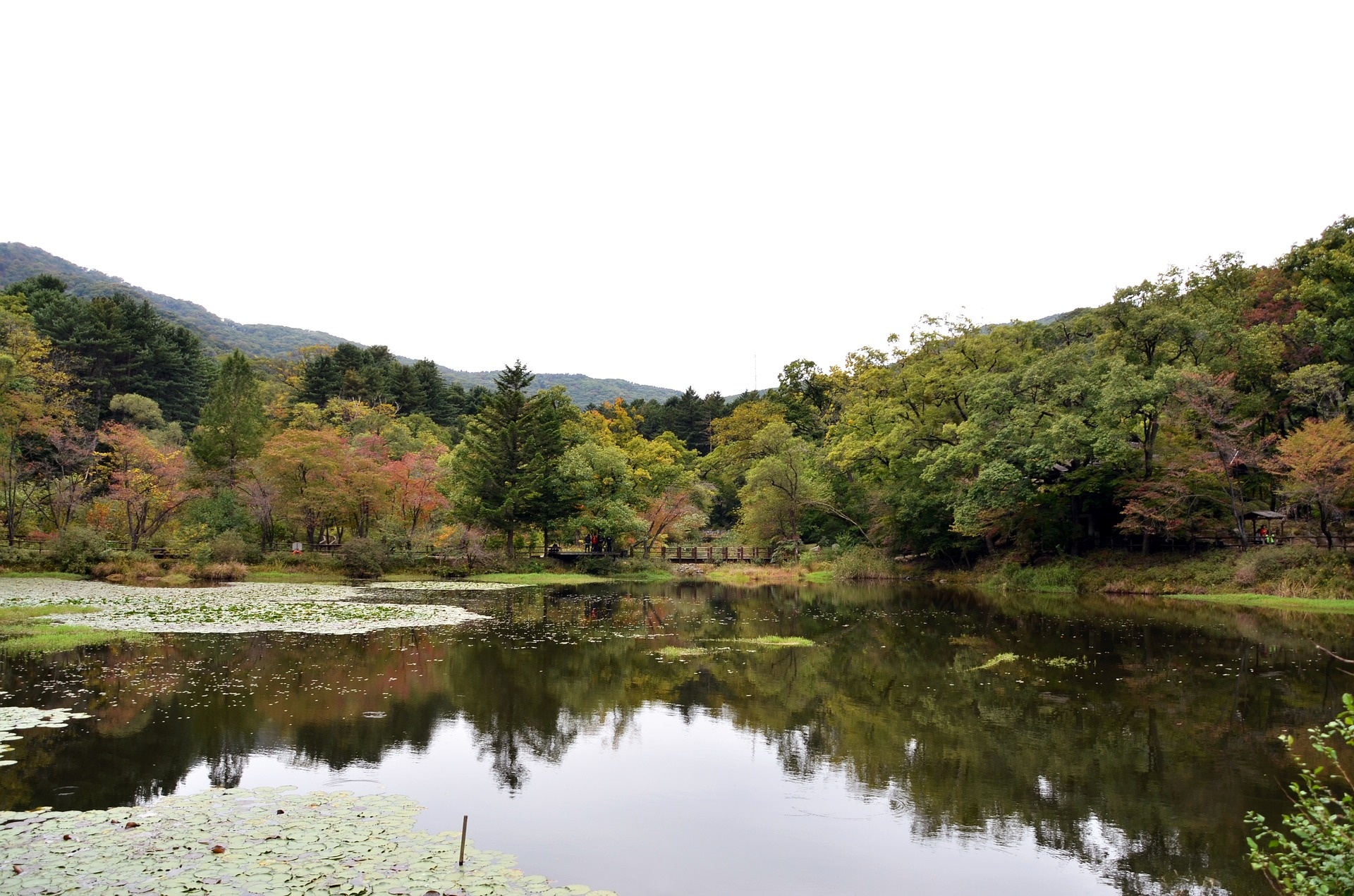Overview
Abstract: How to restore the ecological quality of turbid lakes
Landscapes: Rivers & Estuaries
Technological readiness level: 6 (technology demonstrated in relevant environment)
Topics: Alternative stable states, ecological quality, nutrient dynamics, sediment dynamics, lakes

Delta lakes can be found scattered across the globe. In spite of large differences, such as their climate zones, similarities can be found. Of all the large lakes (with a surface area greater than 500 km2) in the world, about a third have mean depths less than five meters and nearly half only reach mean depths of ten meters (Herdendorf, 1984). Some lakes have been artificially created, like the Dutch IJsselmeer and Markermeer, others have formed naturally. Despite differences in location, surface area and depth, there are recurring issues when it comes to the ecological status of lakes. Many shallow lakes in delta areas across the globe are characterised by a deteriorating water quality, caused by high nutrient loading and turbidity. This project knowledge page gives background information on this change and provides insight into Building with Nature interventions to influence sedimentation and ecological processes. The topics that are being discussed, are:
- Clear and turbid lakes;
- Nutrient dynamics;
- Turbidity and sediment; and
- Restoring ecological states.
